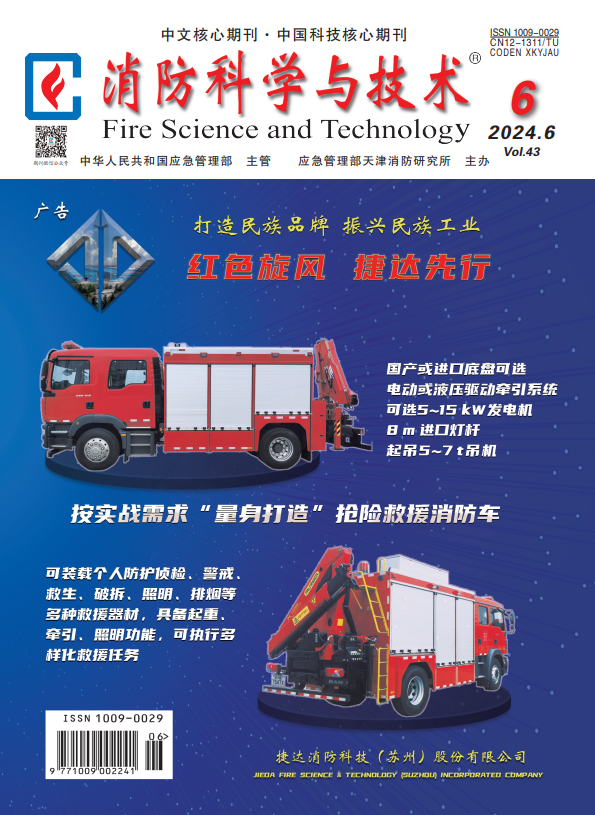|
|
Effect of Salicylaldehyde Schiff base flame retardant on thermal performance and flame retardant performance of EP
He Liangchao, Yang Yicheng, Liu Hong, Kong Qinghong,
2024, 43 (6):
842-849.
In order to explore the effect of different P/N contents on the flame retardant properties of EP composites and the effect of different Schiff Bases functional groups on the thermal properties of EP composites, three new phosphorus-containing Schiff Bases flame retardants of SAPO, SPPO and SMPO were prepared using salicylaldehyde (SAL), 3-amino-1,2,4-triazole (ATZ), p-phenylenediamine (PPD), melamine (MEL) and 9,10-dihydro-9-oxa-10-phosphaphenanthrene-10-oxide (DOPO) as raw materials, SAPO is triazole-Schiff Base flame retardant, SPPO is benzene ring-Schiff Base flame retardant, SMPO is triazine-Schiff Base flame retardant. 1H-NMR and FT-IR were used to characterize the structures of the three flame retardants, and the successful synthesis of the three flame retardants was demonstrated. The three flame retardants are not only different in structural composition, but also in the number of Schiff base functional groups: 1 mol SAPO, SPPO, SMPO contain 1 mol, 2 mol, 3 mol Schiff base functional groups, respectively. Vertical combustion testing, limiting oxygen index testing, thermo-gravimetric analysis and Cone calorimetry testing were used to explore the thermal properties and flame retardant properties of EP composites. The results showed that the vertical combustion testing of EP/6%SAPO, EP/6%SPPO and EP/6%SMPO all reached V0 level, the LOI values reached 32.9%, 32.3%, 33.5%, respectively, the carbon residue increased to 23.6%, 24.7%, 25.1%, respectively, the PHRR values decreased by 20.2%, 25.8%, 27.9%, respectively, the THR values decreased by 15.2%, 17.8%, 20.3%, respectively. The flame retardant properties of EP composites increased with the increase of P/N content. The thermal properties are enhanced with the increase in the number of Schiff Bases functional groups. The flame retardant mechanism is mainly attributed to the capture of free radicals by P element in the gas phase, the chain reaction of cutting off the chain, and the promotion of carbonization and dehydration in the condensed phase to form a carbon layer, which isolates gas exchange and heat conduction. N element releases non-combustible gas when burned, reducing the concentration of combustible gas and taking away heat.
Related Articles |
Metrics
|



